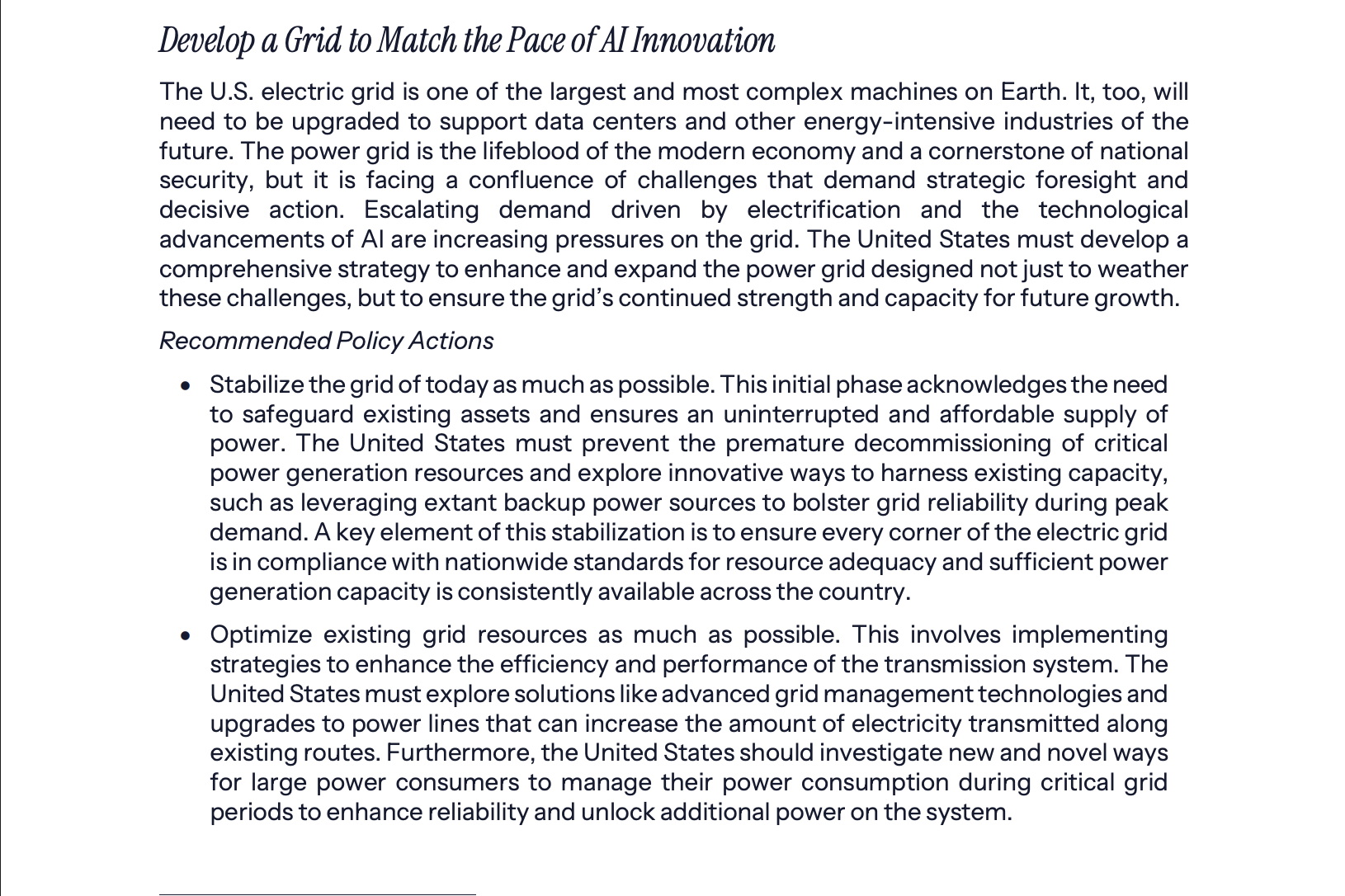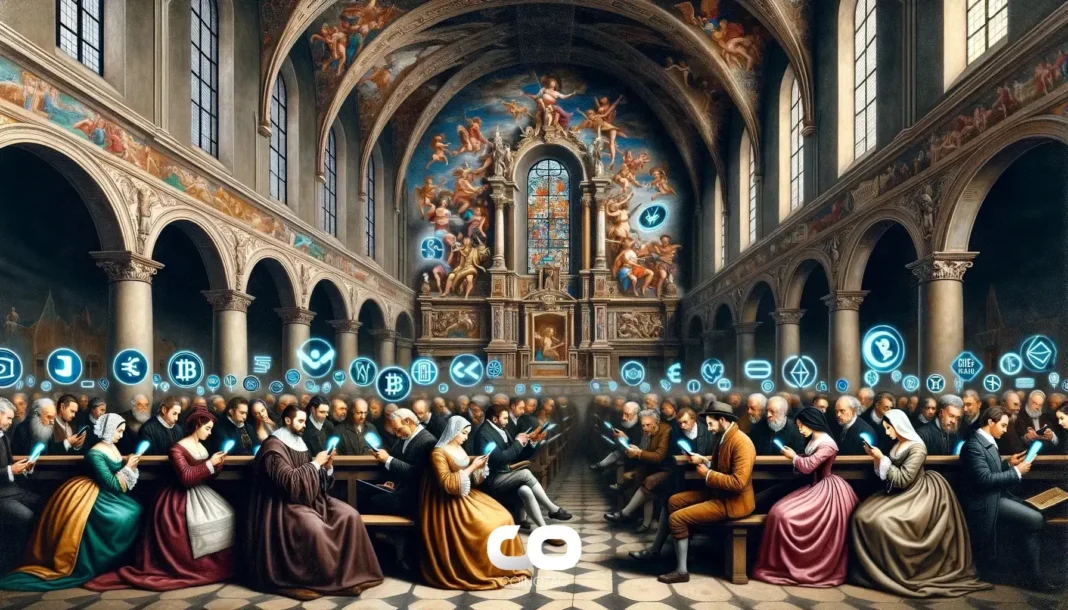Blockchain technology is transforming the US energy grid by enabling decentralized infrastructure and maximizing uptime, a core focus of the Trump administration’s AI strategy to enhance grid resilience and efficiency.
-
Decentralized energy grids leverage blockchain to coordinate unused resources and incentivize solar panel and battery installations.
-
The Trump White House prioritizes upgrading the electric grid to support AI data centers and energy-intensive industries.
-
Energy decentralization reduces regulatory hurdles and strengthens grid resiliency against disruptions.
Blockchain and AI are central to modernizing the US energy grid, boosting resilience and efficiency. Discover how decentralized energy infrastructure supports America’s AI goals.
How Blockchain Enhances the US Energy Grid’s Resilience and Efficiency
Blockchain technology enables decentralized coordination of energy resources by incentivizing individuals to contribute unused infrastructure like solar panels and home batteries. This approach reduces reliance on centralized power plants and heavy capital investments, creating a more flexible and resilient grid. According to Cosmo Jiang, general partner at Pantera, blockchain taps into gig economy principles to mobilize idle resources, strengthening the grid’s capacity to withstand shocks.
What Role Does the Trump Administration’s AI Strategy Play in Energy Grid Modernization?
The Trump administration’s AI strategy emphasizes maximizing grid uptime and resilience to support emerging technologies such as AI data centers and crypto mining. The White House report highlights the need to upgrade the US electric grid—one of the world’s most complex systems—to meet future energy demands. This includes exploring nuclear energy, shielding infrastructure from electromagnetic disruptions, and building redundant systems to ensure continuous power availability.

Reccomended policy actions to overhaul US energy infrastructure for AI needs. Source: The White House
Why Is Decentralization Critical for Future Energy Infrastructure?
Decentralization reduces the grid’s vulnerability by distributing energy generation and storage across numerous small-scale contributors. This method enhances flexibility and lowers the risk of widespread outages. Token-based incentives encourage homeowners to install renewable energy solutions, effectively creating a community-powered grid. This model also streamlines regulatory challenges by minimizing dependence on large centralized utilities.
How Does Blockchain Coordinate Unused Energy Resources?
Blockchain protocols use token incentives to motivate individuals to share excess energy capacity or install renewable infrastructure. This coordination mirrors gig economy platforms that monetize free time and resources. By enabling transparent, secure transactions, blockchain ensures efficient energy distribution and fosters participation in grid support activities.
| Energy Grid Feature | Current Status | Post-Blockchain Implementation |
|---|---|---|
| Grid Centralization | Highly centralized | Decentralized with distributed energy resources |
| Resilience to Disruptions | Moderate | Enhanced through redundancy and distributed generation |
| Regulatory Complexity | High | Reduced via decentralized protocols |
Frequently Asked Questions
How does blockchain improve the US energy grid?
Blockchain improves the US energy grid by enabling decentralized energy management, incentivizing distributed renewable installations, and increasing grid resilience through token-based coordination.
What is the Trump administration’s plan for the energy grid?
The plan focuses on upgrading the grid to support AI and high-performance computing, enhancing resilience, exploring nuclear energy, and building redundant systems to ensure continuous power supply.
Key Takeaways
- Blockchain decentralizes energy infrastructure: Mobilizes unused resources to build a resilient grid.
- AI strategy drives grid modernization: Supports energy demands of future technologies like AI and crypto mining.
- Regulatory simplification: Decentralization reduces bureaucratic hurdles for energy deployment.
Conclusion
The integration of blockchain technology and AI-focused policies is reshaping the US energy grid into a decentralized, resilient system. This transformation aligns with the Trump administration’s vision to secure America’s leadership in AI and energy innovation, promising a more efficient and robust infrastructure for the future.






